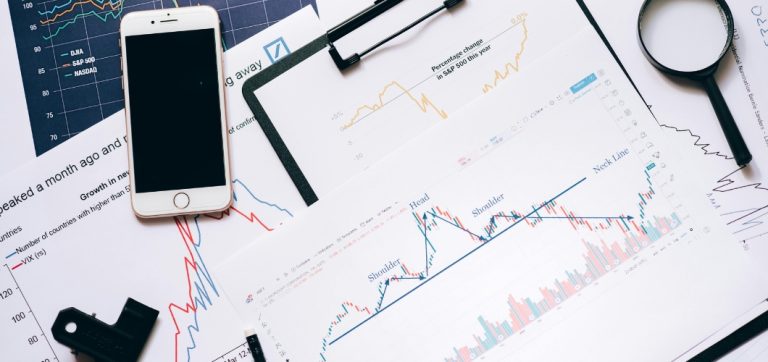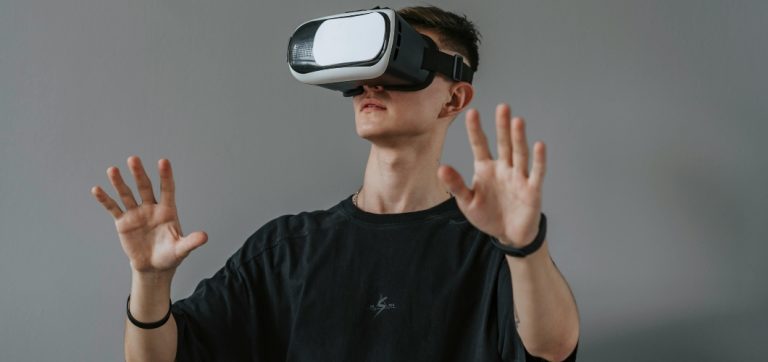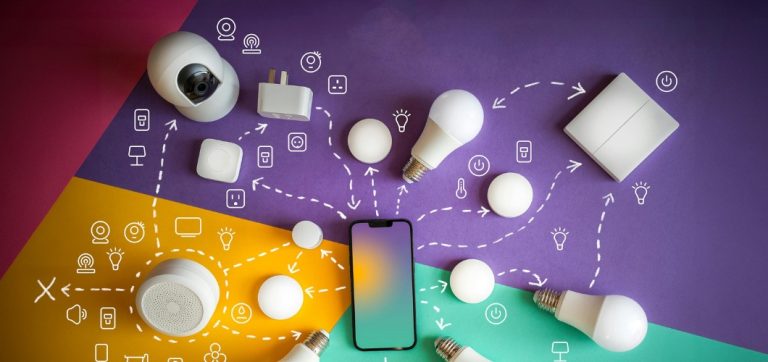Imagine trying to send a text message from Mars to Earth. You type out, “Hey, landed safely—Martian sunsets are wild!”, and hit send. Now… wait. And wait. About 20 minutes later (on a good day), your message arrives. That’s the reality of networking in space—a far cry from the instant messaging we’re used to here on Earth.
As we gear up for missions to the Moon, Mars, and beyond, one question keeps bouncing around in the minds of engineers, astronauts, and dreamers alike: how do we build a reliable internet… in space?
Why Space Networking Is a Different Beast
Here on Earth, the internet is fast, dense, and everywhere. We rely on a massive network of undersea cables, satellites, fibre optics, and cell towers to deliver data in milliseconds. But space? Space is big. Unimaginably big. And empty. Networking in space presents an entirely different set of challenges compared to our terrestrial systems.
Let’s look at some of the hurdles:
1. Latency That Feels Like Dial-Up… or Worse
Remember the frustration of waiting 30 seconds for a webpage to load back in the ’90s? Now imagine waiting up to 45 minutes for a signal to make a round trip between Earth and Mars, depending on where the planets are in their orbits.
You can’t have a real-time Zoom meeting with an astronaut on Mars. There’s no FaceTime, no fast responses. Networking in space is fundamentally asynchronous—like email, but with a much longer delay.
2. Distance Makes the Signal Grow Weaker
Data travels as radio waves or laser beams, and as it moves, it spreads out and gets weaker. The farther it travels, the more it has to fight against cosmic noise, solar radiation, and interference from space debris or even planetary atmospheres.
We’ve learned to focus our signals using high-gain antennas and laser communication, but these are tricky to align, especially on moving spacecraft.
3. No Infrastructure (Yet)
On Earth, we take infrastructure for granted. In space, there are no routers on asteroids or satellites circling Mars ready to bounce your memes back to Earth.
NASA and other agencies are working on creating a Delay Tolerant Networking (DTN)—a kind of internet that can store and forward data, hopping between nodes as they become available. Think of it like space-based Pony Express, relaying data across vast distances.
4. Power, Bandwidth, and Hardware Limits
Spacecraft aren’t exactly packing high-end servers or 5G antennas. They run on limited solar power, use highly specialized electronics, and every extra gram adds to the launch cost—making networking in space a unique engineering challenge.
We’re essentially building a space internet with fewer resources, under harsher conditions, and with no repair technicians on call.
The Cool Stuff Happening Now
Despite the challenges, progress is exciting:
• NASA’s DTN protocol has been tested on the International Space Station and with deep-space probes like EPOXI
• The Lunar Gateway (NASA’s planned Moon-orbiting station) will serve as a testbed for interplanetary comms
• Laser-based space internet—called optical communication—promises faster, higher-capacity links between planets
And private companies are getting in on the action too. SpaceX, for example, is building Starlink, a mega-constellation that could one day support planetary missions with a backbone of relay satellites.
What Does This Mean for Us?
The dream of humans living and working on other planets isn’t science fiction anymore—it’s just over the horizon. But to make it real, we need to build not just rockets and habitats, but a digital lifeline across space.
One day, astronauts may livestream from the surface of Europa or upload their research papers from Titan. But for now, it’s a slow, careful climb toward an internet that spans the solar system.
So next time you curse your Wi-Fi for buffering Netflix, just remember: space internet engineers are out there building the most extreme version of “working remotely” the universe has ever seen.
Also read: The Future of Networking-Exploring the Promise of 5G Technology









